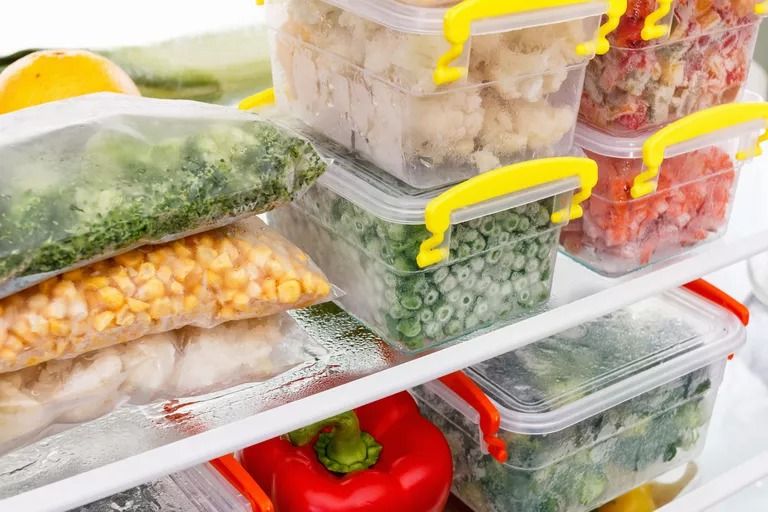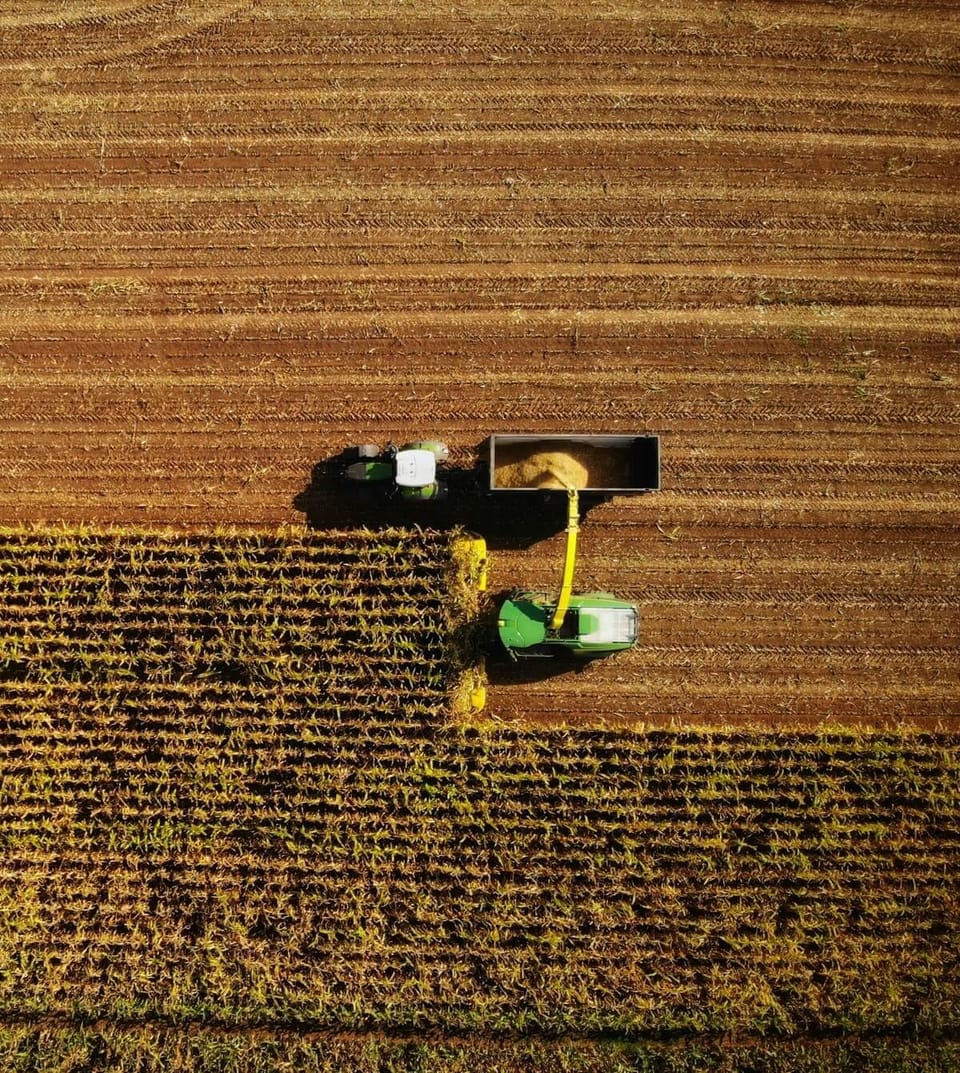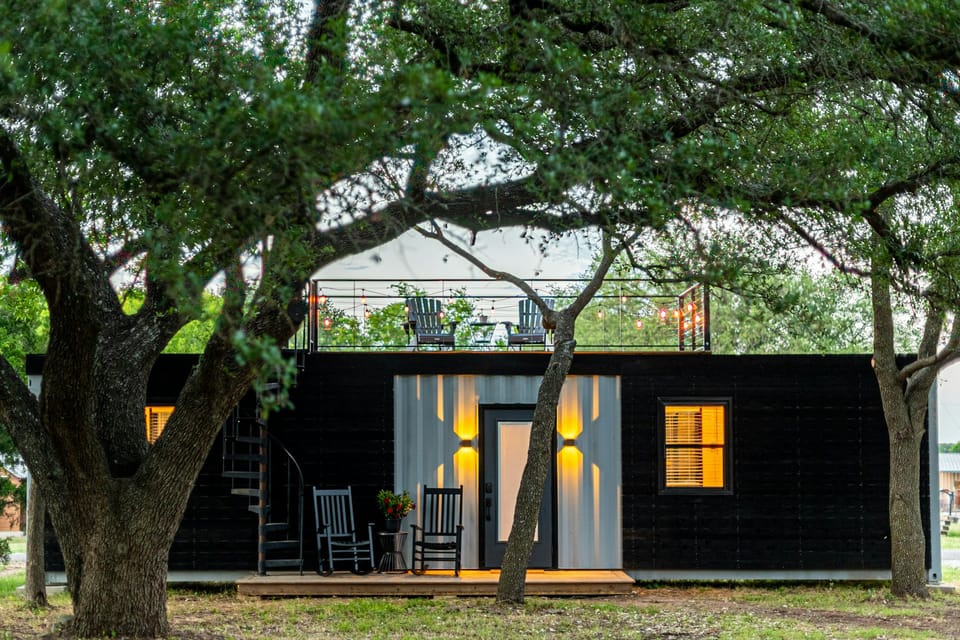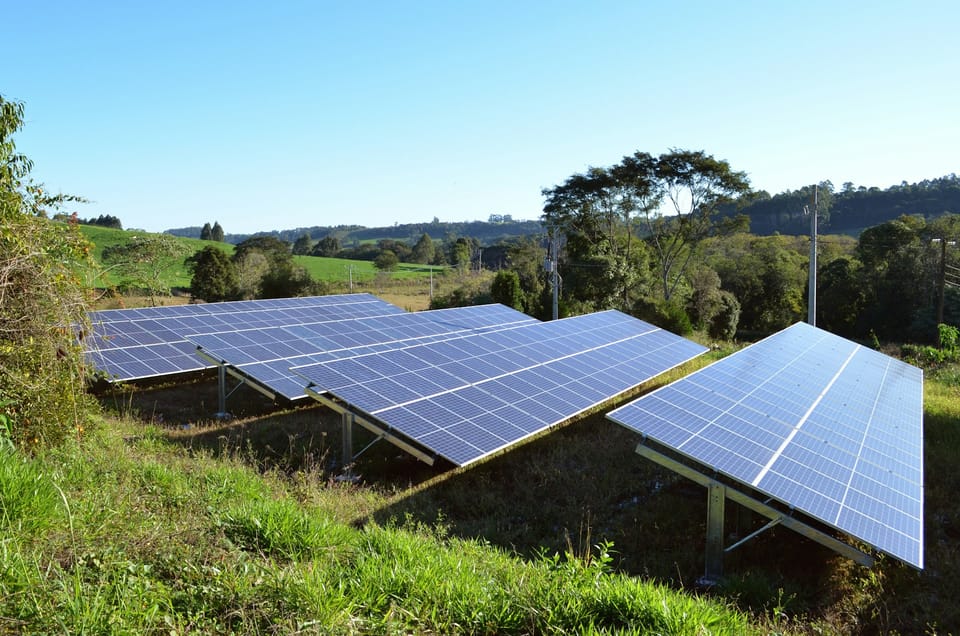Floating Dairy Farm Debuts in the Netherlands
In Rotterdam, cows now live on water. The Netherlands debuts the first floating dairy farm, redefining urban farming with a sustainable, space-saving, and flood-adaptive solution for future food production.
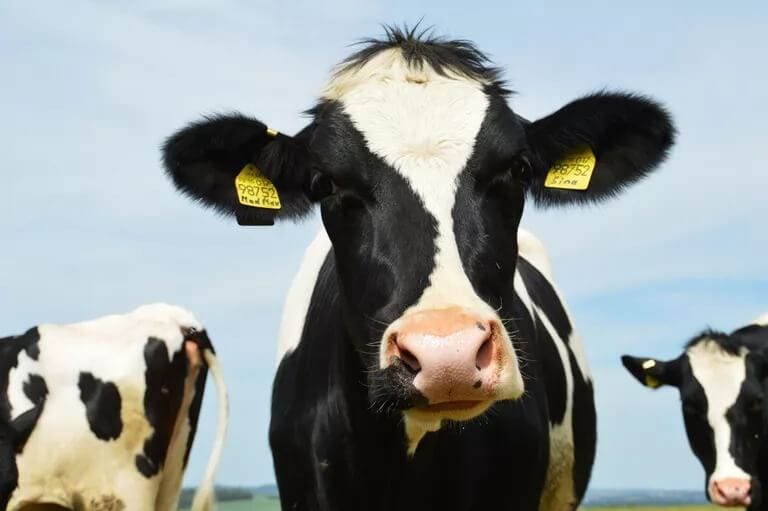
Simply named Floating Farm, the multi-level agricultural hub is now operational in the Dutch port city of Rotterdam. The buoyant farm's resident bovines — a herd of 32 Meuse-Rhine-Issel cows — came aboard a few weeks earlier so they could become accustomed to their new digs before they start producing dairy products that will be sold at nearby Lidl stores, according to Dezeen.
And first things first: No, the cows don't get seasick. As the Floating Farm website explains it, millions of heads of commercial cattle spend weeks at sea each year while being shipped around the globe without issue.
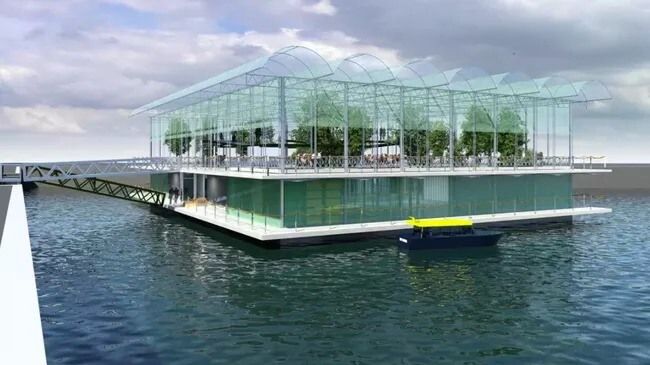
No tipsy cows here: Rotterdam's Floating Farms sits atop a concrete platform that's reportedly very stable. (Rendering: Floating Farm/Beladon)
What's more, Floating Farm, an initiative of Dutch property development firm Beladon in collaboration with numerous project partners including the Port of Rotterdam, is anchored at a safe remove from the open sea. Spread across three levels, the robot-assisted dairy operation is tucked away in a sheltered harbor near the heavily industrialized mouth of the New Meuse River, not too far from a floating park made from recycled plastic garbage that also debuted on Rotterdam's vibrant, gritty and frequently metamorphosing waterfront. (Again, this is a city that could never be accused of taking the conventional route.)
Referring to Floating Farm's spacious "cow garden" as a "large improvement" over mainland milk barns, the website explained prior to launch that the offshore dairy farm — a world's first — would be as steady as an offshore dairy farm can get:
The Netherlands has an excellent reputation in waterway construction, shipbuilding and civil engineering. Together with our partners, and taking into account weather conditions like maximum wind, chop and the movement of the cows, we have designed an extremely stable platform. The maximum swing of the platform is no more than a few millimetres in situations that will barely occur. Even in extreme weather conditions, the cows will not feel any instability on the platform. Seasickness will therefore not be in question.
In addition to concerns of cattle nausea, there's also the larger question of why. Why build a dairy farm on the water — and in the middle of a major European city?
Floating Farm is just one small but particularly attention-grabbing part of a large-scale shift towards producing food in cities — on rooftops, in warehouses, on vacant lots and wherever there's viable space for agricultural undertakings.
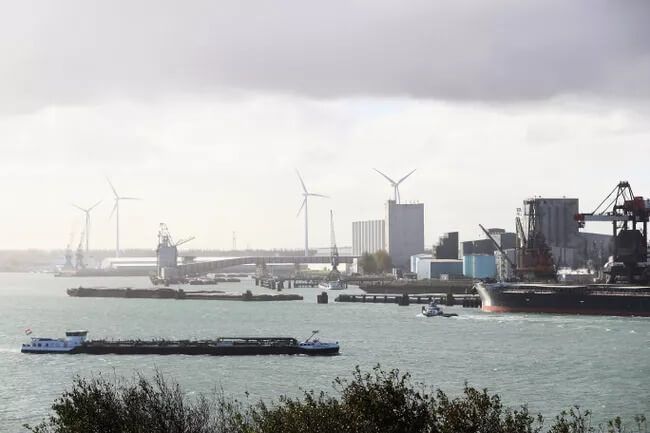
These urban "transfarmations," as Floating Farm calls them, bring fresh, healthy food closer to residents of fast-growing cities while eliminating the greenhouse gas-intensive environmental toll associated with transporting food long distances. This helps to narrow the "increasing gap between the inhabitants and agriculture" while also presenting a potential solution to the fact that available arable land is quickly being gobbled up across the world.
(The cow poop problem in the Netherlands, a gouda-slinging global dairy powerhouse, is a whole other issue. Along with milking duties, a dedicated team of robots will also collect manure at the farm, which will then be sold as fertilizer.)
"Seventy percent of the face of the Earth is water, while the world population is growing and arable land is limited so we have to look in other ways to produce fresh food next to the citizens, to reduce transport," Minke van Wingerden, a partner at Beladon who is leading the cutting-edge project, elaborated to NBC. "It's a logical step to produce fresh food on the water. Most big cities are situated in [river] deltas, and it's easy to use the deltas for food production."
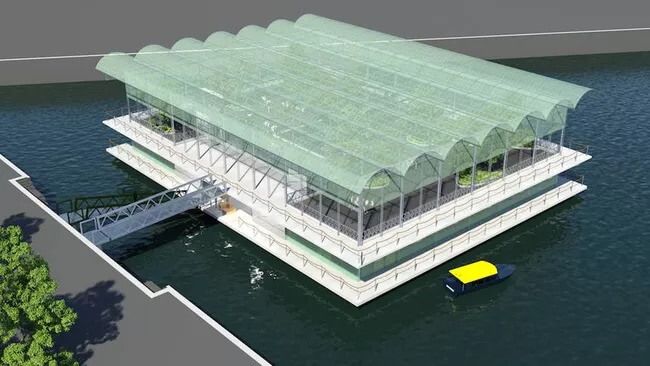
Vertical farming, dairy-style
Aside from the whole floating aspect, the Netherlands' most unusual dairy operation is a tidy and self-sufficient enterprise.
As Quartz details, the top floor of the triple-decker harbor farm is populated by greenhouses where feed — grass, clover and other crops — for the cows is grown. The middle level is home to the enclosed cow garden, a grassy and tree-studded space where the residents can leisurely graze when not being milked by robots in their stalls. A gangplank leading from the farm's second level to an onshore pasture will also give the cows the option of grazing on solid ground. Additional feed — leftover grain, specifically — will be collected from local bakeries and breweries.
"At least 80 percent of what our cows eat will be waste products from Rotterdam's food industry," Floating Farm's general manager, Albert Boersen, told the BBC.
Spread across a 4,000-square-foot concrete platform, the bottom level of the farm will house production facilities where ultra-fresh milk, yogurt and, potentially, a "Comté-style cheese," per Quartz, will be processed and manufactured before being distributed to local retailers and then into the refrigerators of hungry Rotterdammers.
The operation doubles as an "important education hub" where, as Floating Farm explains, the general public — local consumers, urban agriculture enthusiasts and school groups alike — can learn about "innovative techniques and urban agriculture." You can learn more about how it works in the video below.
The hurricane connection
As the BBC details, the initial idea for a floating farm in a dense city wasn't driven by a desire to showcase cutting-edge technology or closed-loop food production. Rather, the concept came out of pure necessity.
Beladon CEO Peter van Wingerden (husband of project head Minke van Wingerden) was visiting New York City when Hurricane Sandy struck in October 2012. Unleashing catastrophic flooding and widespread damage, Sandy largely halted food deliveries — fresh produce, in particular — coming into the nation's most populous city for days. The Big Apple was essentially cut off ... and van Wingerden took notice.
"Seeing the devastation caused by Hurricane Sandy, I was struck by the need for food to be produced as near as possible to consumers," he tells the BBC. "So the idea came up to produce fresh food in a climate-adaptive way on the water."
Not too long after van Wingerden returned to the Netherlands, he and his team began conceptualizing the idea of a floating urban farm. It took time to get the Port of Rotterdam on board with the idea due to concerns over noise and odor. Eventually, the farm was approved and provided with a space to anchor in the middle of the city.
"With increasing demand for healthy food, fast-growing urbanisation and climate change, we can't rely on the food production systems of the past any more," he adds. "We hope to make many more floating farms, but also welcome others copying us or coming up with concepts contributing to these goals."
It's too early to tell if other agri-preneurs will follow van Wingerden's lead and help make small-scale floating dairy farms become the next big trend in urban agriculture. Potential aside, there's no argument that Floating Farm serves as a mooving tribute to the tireless ingenuity and outside-the-box thinking that propels the Netherlands' second largest city.
You can see the cows in their new digs in the video below.





